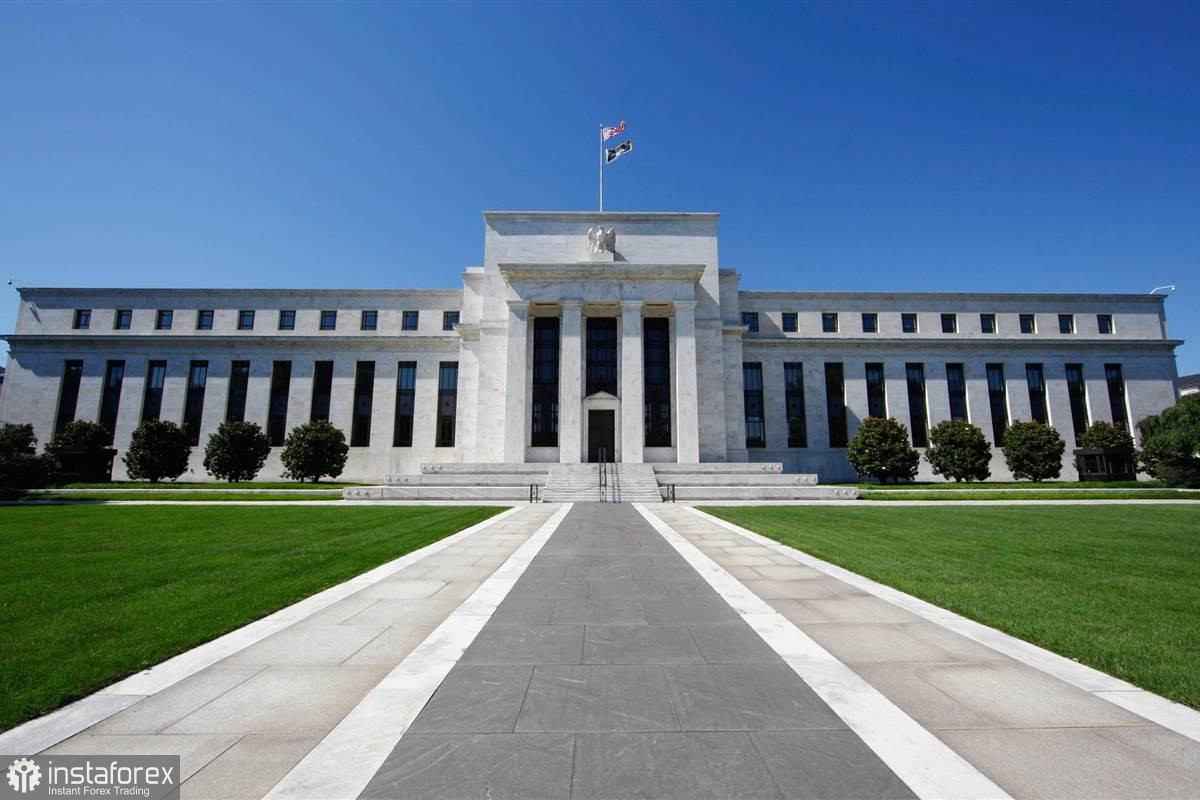
In spite of the bullish US stock market, the fundamental background is still negative. In the next nine months, the US Federal Reserve will be raising the interest rate to 2-2.5%, the strongest rate hike cycle in decades. Any monetary policy tightening usually leads to an increase in demand for safe havens and a decrease in risk appetite, including stocks. Therefore, the US stock market is likely to continue the corrective move in 2022. The US regulator said it would not resort to a sharp and abrupt rate hike to avoid a collapse of the US stock market. Nevertheless, most experts expect a 25% correction in 2022.
Meanwhile, Mary Daly, president of the US central bank's San Francisco branch, says the case for a half-point interest rate increase at the next policy meeting in May has grown. Many market participants anticipated a 0.5% rate hike back in March. Yet, it was not the case. Nevertheless, Chairman Powell made it clear there could be several 0.5% rate increases throughout the year, aimed at rooting out persistent inflation. James Bullard, president of the Federal Reserve Bank of St. Louis, also says monetary policy needs to be tightened quickly to tame high inflation. The neutral inflation level stands at 2.5%. It neither aids nor constrains growth. Consequently, a rate hike to 2.5% is just a matter of time. Unfortunately, inflation is unlikely to be sensitive to a rate hike below 2.5%. Consumer prices are growing fast driven by numerous factors, including those not related to monetary policy. Simply put, monetary policy is almost the only factor that has the ability to influence inflation at quiet times. Today, in the wake of persistently growing energy prices and market jitters triggered by the Ukraine crisis, monetary policy is just one of many factors affecting inflation. Meanwhile, geopolitical developments, redistribution of financial and commodity markets due to a ban on Russia's energy sector, and supply chain issues caused by the pandemic and the Ukraine conflict have had a more significant impact on inflation. Generally speaking, aggressive moves are needed to bring persistent inflation under control. In this light, inflation is likely to stay at a high rate throughout 2022 and start to go down next year.





















